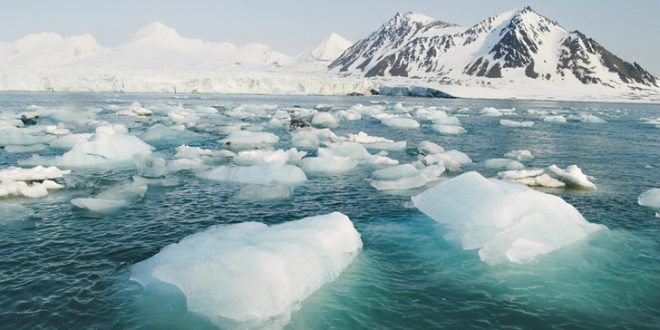On Saturday, part of a Cold War-era Russian rocket carrying fuel made with the dangerous chemical hydrazine will crash into the biodiverse Arctic waters of Baffin Bay.
The rocket was launched under Russia’s for-profit Rokot satellite launching program, which began in the 1990s. Russia has alerted international aviation authorities that a stage of the rocket carrying the fuel will crash in Arctic waters, the Canadian Press reported.
“The idea of dropping a missile full of toxic chemicals in the Arctic waters off Baffin Island is just as preposterous as drilling for oil there,” Greenpeace Arctic campaigner Alex Speers-Roesch said Tuesday.
The region where the rocket is slated to crash is packed full of Arctic creatures including narwhals and beluga whales, as well as dolphins and seals. Environmental activists are naturally up in arms about the rocket crash and the potential for hydrazine to harm these critters, but what will the impact of the crash be, scientifically speaking?
“It’s pretty nasty stuff,” said Gerald Greenhouse, a lecturer on cell biology at Harvard Medical School who completed studies on the effects of hydrazine on frog embryos in the mid-1970s.
The rocket uses intercontinental ballistic missiles re-purposed from the Cold War-era to launch satellites. Those missiles use hydrazine for fuel, a highly toxic chemical that has been phased out of use in other countries due to the damage it can inflict on the environment.
Researchers say little is known about how hydrazine reacts in water, especially in the cold, icy conditions present in Baffin Island.
Agencies/Canadajournal
 Canada Journal – News of the World Articles and videos to bring you the biggest Canadian news stories from across the country every day
Canada Journal – News of the World Articles and videos to bring you the biggest Canadian news stories from across the country every day



